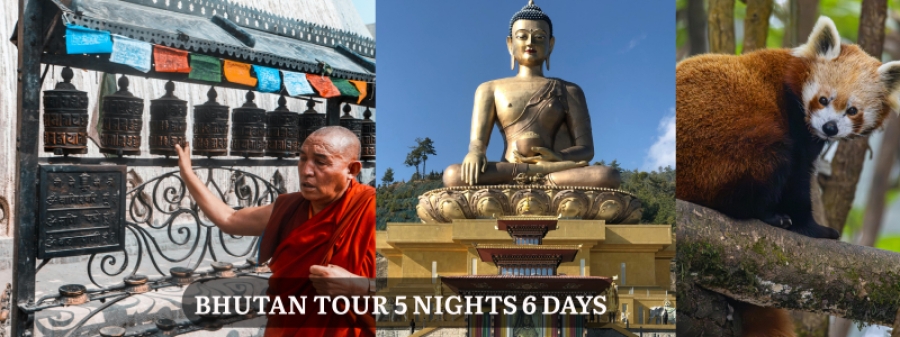Tour Includes
Detailed Itinerary
-
Day 01: Welcome to Bhutan from Bagdogra– Phuentsholing
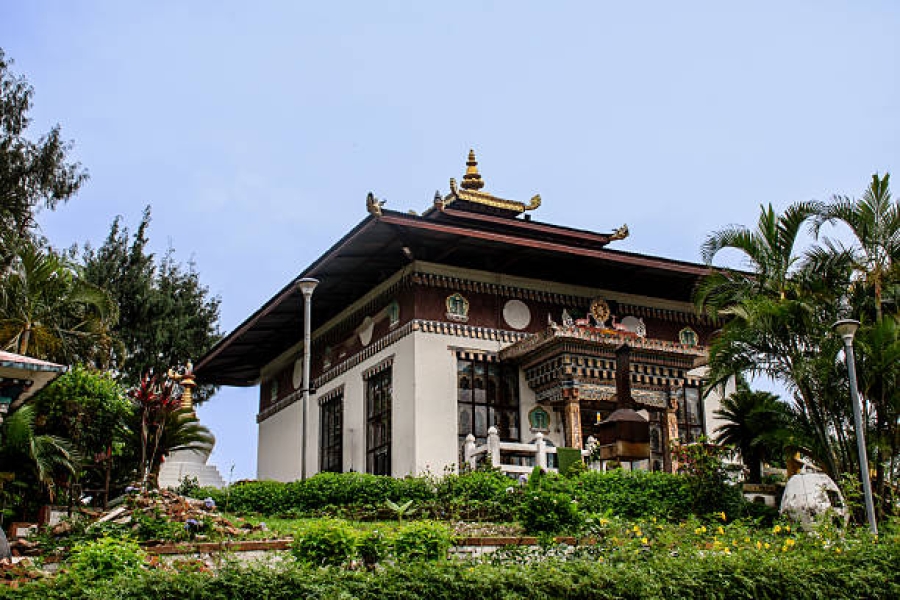
Meet & greet on arrival by our representative at Bagdogra and drive to the Indo–Bhutan Border (Jaigaon-Phuentsholing), on the way to the beautiful scenic Tea garden Estates.
On arrival, check in to the hotel and the evening is free for the local market around Phuentsholing. Overnight stay at Phuentsholing.
Day 02: Phuentsholing – Thimphu
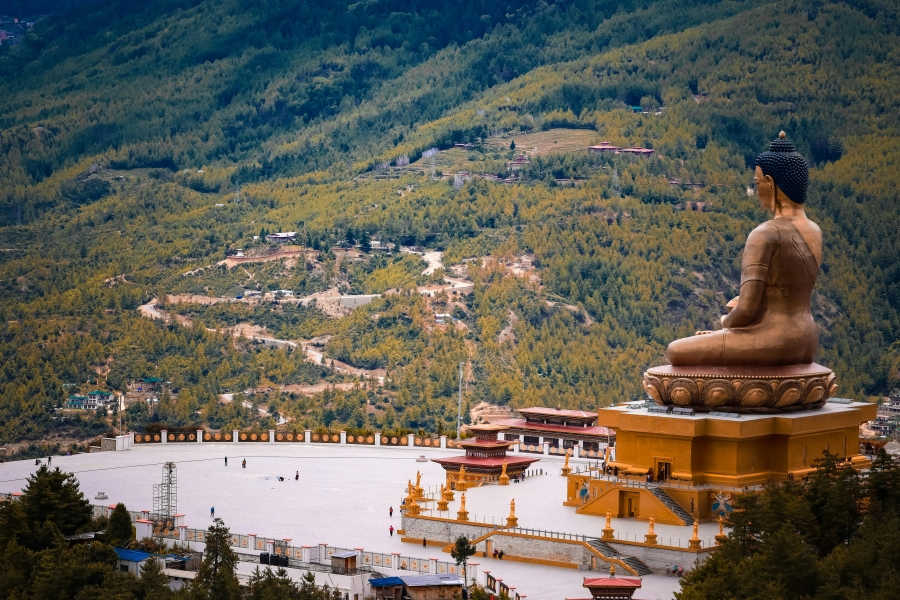
After breakfast process immigration formalities, drive to Thimphu –The capital of Bhutan via Gedu, which is located about 9000 ft. above the sea and view of Chukka Dam.
And stopover for photo session at Wangkha Waterfalls on arrival at Thimphu check in hotel and evening free for local market .Overnight hotel stay in Thimphu hotel.
Day 03: Thimphu local sights seen and overnight stay in Thimphu
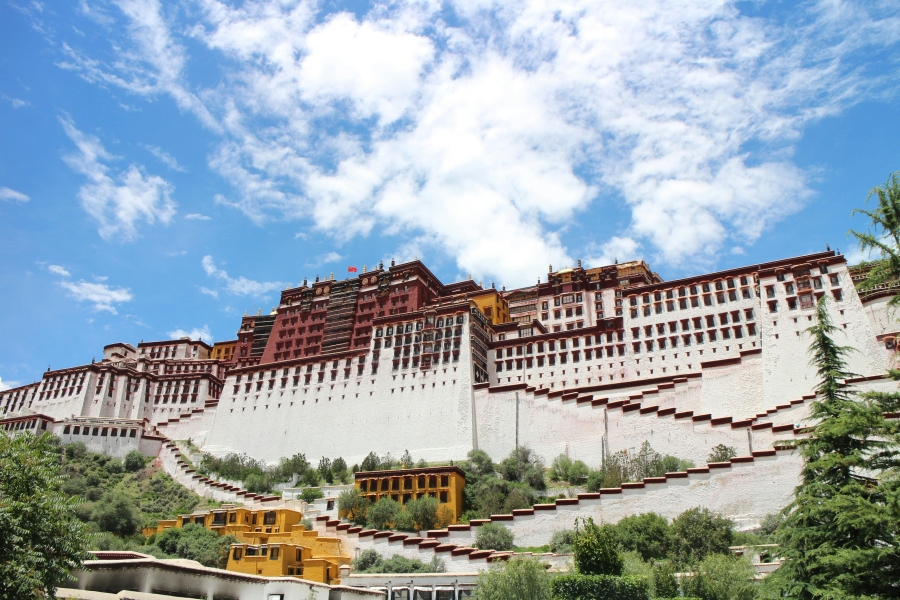
The Simtokha Dzong, built in 1629 by Shabdrung Ngawang Namgyal, functions as a monastic and administrative centre and is the oldest Dzong which has survived in its original form; Namgyal brought into vogue, for the first time in Bhutan, this concept of the "Dzong" as castle monastery.
An attack on the Dzong was made by five disgruntled lamas in collaboration with an invading army of Tibetans who were against the Buddhist practices of the Dzong under the control of Zhabdrung.
They were defeated and Palden Lama who was the leader of the invaders died in the battle. Another attack on the Dzong in 1630 by the Tibetans was successful for a while till part of the Dzong caught fire and with the roof collapsing all the invading forces were killed.
National Memorial Chorten: The building of this landmark was envisaged by the third king, His Majesty Jigme Dorji Wangchuck, as a monument to world peace and prosperity. Completed in 1974 after his untimely death, it is both a memorial to the Late King ("the Father of modern Bhutan") and a monument to world peace. The paintings and statues inside the monument provide a deep insight into Buddhist philosophy. (From outside view.
Trashichhoe Dzong view point: This impressive fortress/monastery houses Secretariat building, the throne room of His Majesty, the King and various government offices. It is also the summer residence of Chief Abbot and central monk body. Handicrafts Emporium: This government-run enterprise displays a wide range of beautifully hand-woven textiles and craft products. It also carries a small collection of books on Bhutan, Buddhism and Himalayan culture. Lord Buddha Statue, The Buddha Dordenma is located amidst the ruins of phodrang, the palace of Sherab Wangchuck, the thirteenth desi Druk, overlooking the southern approach to Thimphu, the capital of Bhutan. On completion, it will one of the largest statues in the world, at a heigh of 169 feet (515.5 meters) , accommodating 100,000 8-inch tall and 25,000 12-inch tall gilded Buddhas respectively in the interior. The statue is surrounded by 943 acres of forest area that comprises the Kuensel Phodrang nature park..
The Clock Tower - Clock Tower Square is an example of a great architectural marvel. It is a tower with four clock faces, which makes it different from any other building or structure in Bhutan. One of the most popular places among visitors, people usually visit here in the evening to enjoy the beautiful paintings and carvings. There are many restaurants and souvenir shops near this tower, making it one of the most visited sites in the town. Hotel night stay in Thimphu.
Day 04: Thimphu – Punakha – Paro
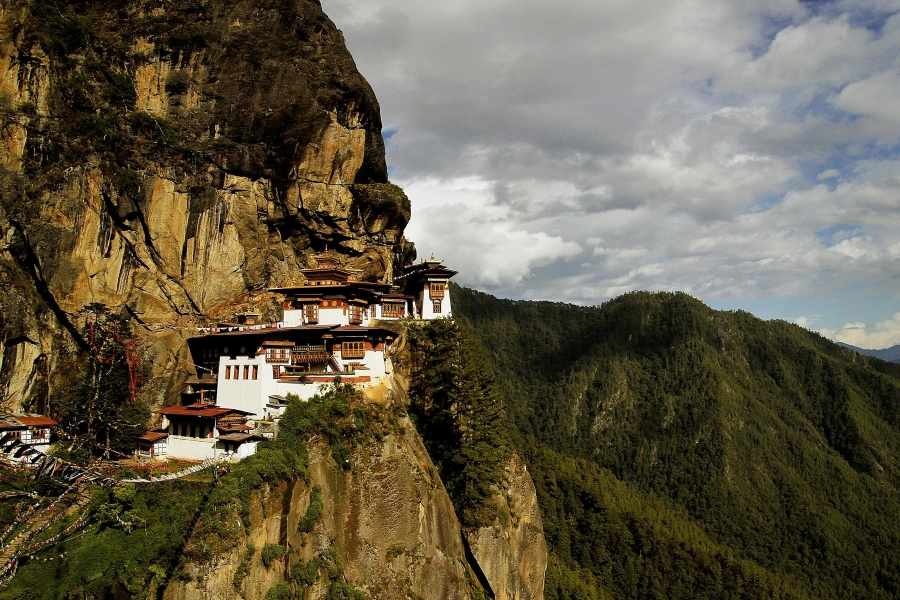
After breakfast, drive up to Dochu-la pass (3,088m/ 10,130 ft) stopping briefly here to take in the view and admire the chorten, mani wall, and prayer flags which decorate the highest point on the road.
If skies are clear, the following peaks can be seen from this pass (left to right): Masagang (7,158m), Tsendagang (6,960m), Terigang (7,060m ), Jejegangphugang (7,158 m ), Kangphugang (7,170 m ), Zongphugang (7, 060 m ), a table mountain that dominates the isolated region of Lunana - finally Gangkar puensum, the highest peak in Bhutan at 7,497m.
After visit to Punakha Dzong, Built strategically at the junction of Pho Chhu and Mo Chhu rivers in 1637 by Shabdrung Ngawang Namgyal to serve as the religious and administrative centre of the region, Punakha Dzong has played an important role in Bhutan's history. Damaged by four catastrophic fires and an earthquake, the Dzong has been fully restored by the present King.
Punakha Suspension Bridge: One of the longest suspension bridges in Bhutan, spanning 350m and perched high above the very swift river of Po Chhu. Draped with prayer flags, the bridge connects the town of Punakha and the Punakha Dzong, mainly used by locals from the other side of the town as a shortcut to Punakha Dzong. Overnight stay in Paro.
Day 05: Paro local – Paro.
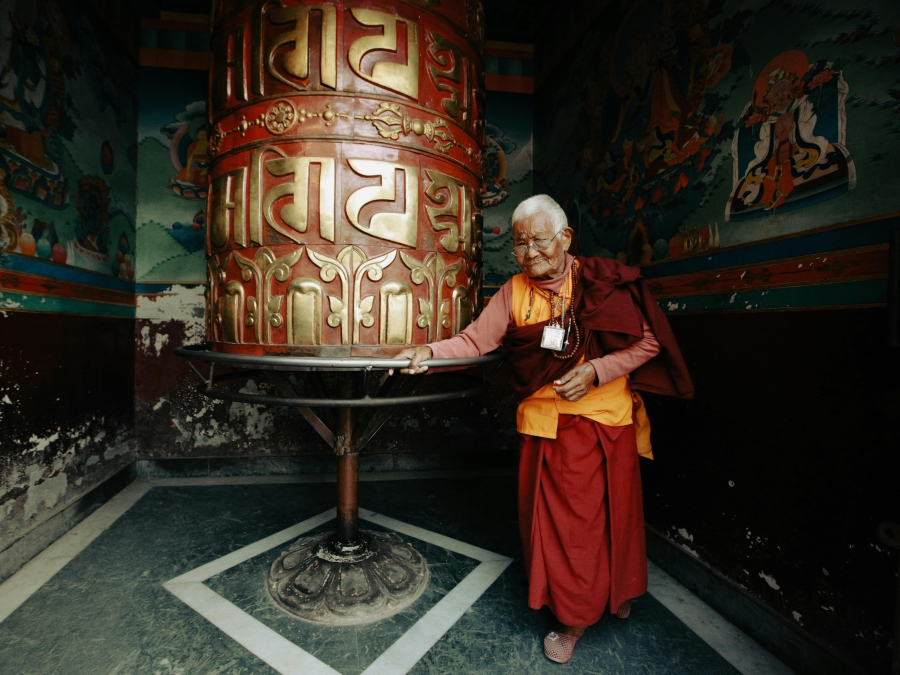
Paro Airport View: This is one of the most stunning airports in the World and also the country’s first and only international airport. With a breath-taking view, this airport became a must-visit place in Paro.
Visit Kyichu Lhakhang, one of the oldest and most sacred shrines of the country, built in the 7th century by the Tibetan king, Songtsen Gampo.
Ta Dzong originally built as a Watchtower, which now houses the National Museum. The extensive collection includes antique thangka paintings, textiles, weapons & armour, household objects and a rich assortment of natural and historic artifacts. Then walk down the trail to visit Rinpung Dzong, meaning ("fortress of the heap of jewels"), which has a long and fascinating history. Along the wooden galleries lining the inner courtyard are fine wall paintings illustrating Buddhist lore such as four friends, the old man of long life, the wheel of life, scenes from the life of Milarepa, Mount. Sumeru and other cosmic Mandala. Overnight stay in Paro.
Day 06 : Paro
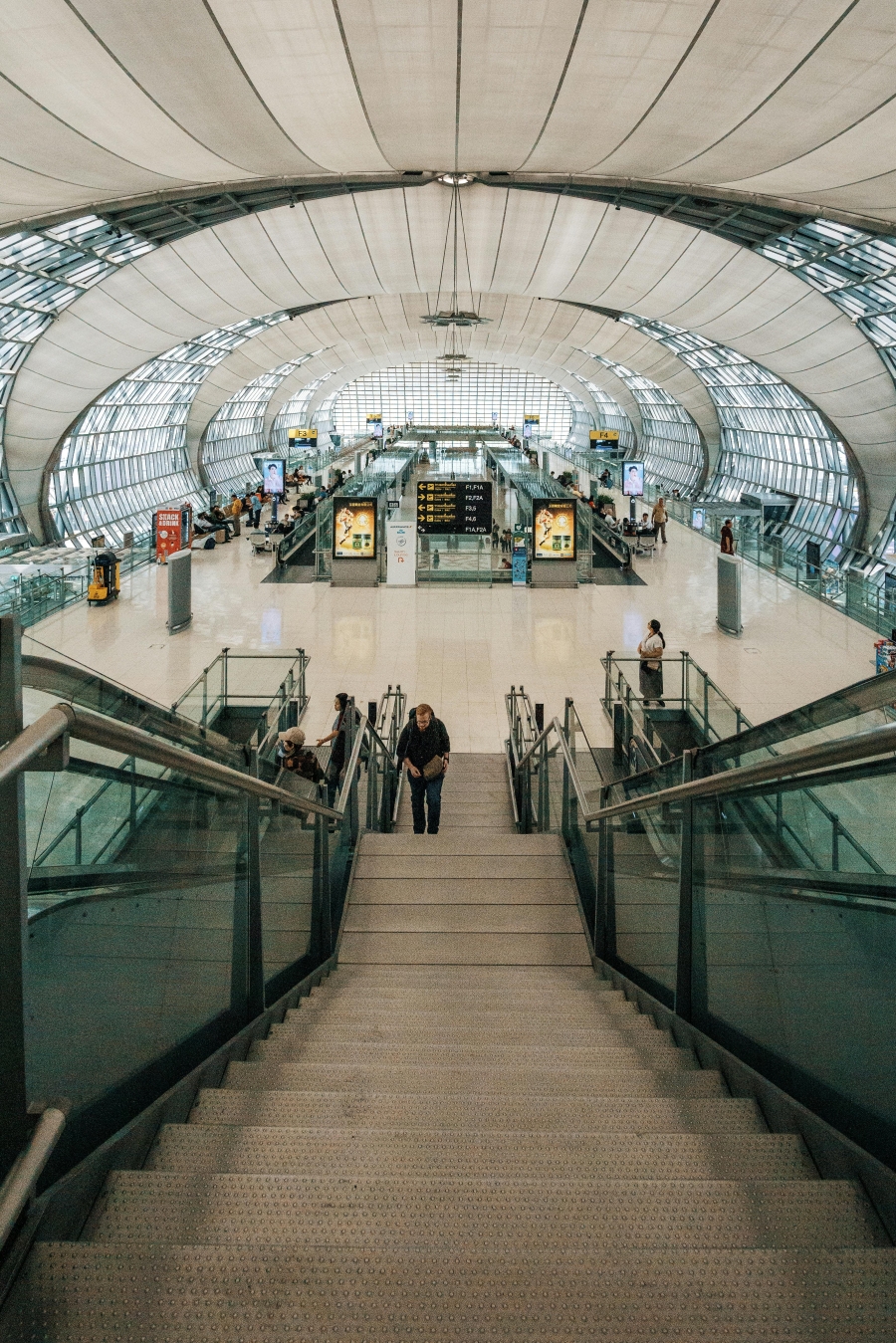
After breakfast proceed to Bagdogra airport.
Tour End with sweet memory…………………………………….
Inclusions:
Sustainable Development Fees (SDF) Rs. 1200 per head per night for Indian nationals.Room with breakfast & Dinner.
1 Bottle mineral water every day as a complimentary.
1 Tourist Sim card complimentary..
Professional Hindi & English Speaking Guide ( Bhutan Govt. approved).
Private vehicle for transfers & sightseeing and that vehicle will not be at disposal it will be available to guest as per itinerary only (point to point basis).
Driver & vehicle service shall be available from 8-9 am to 5-6 pm with 1 hour lunch break time for driver.
Pickup from Bagdogra by Innova.
All permit fees, hotel taxes.
Toll Tax, parking charges & driver allowance Rates are valid for INDIAN NATIONALS only.
Under emergency condition vehicle will be provided whenever needed.
Exclusion
Air Fare / Train Fare
Entry fees for Museums & Monuments GST 5%
Personal expenses such as laundry, telephone calls, tips & gratuity, mineral water, soft & hard drinks, rafting, Additional sightseeing or extra usage of vehicles, other than mentioned in the itinerary.
Any cost arising due to natural calamities like, landslides, road blockage, political disturbances (strikes), etc. to be borne by the client, which is directly payable on the spot).
Anything which is not included in the inclusion.
Important information
Documents required for Bhutan Immigration is Voter ID/Passport with 6 months validity while on tour.Children below 18 years can carry birth Certificate(written in English only).
For Extra adult in the room we will provide an extra bed (wherever possible), but most of the hotels only provide an extra mattress or roll out bed. Most of the hotels have no provision of an extra bed..
The above mentioned hotels will be confirmed as per the room availability. Otherwise similar category hotels will be provided. All the rooms are base category
Follow proper dress code while visiting Govt. office/ Dzong & religious monuments & Monastery.
Remove your hat while entering religious sites and kindly take off your footwear while entering the temple altar rooms.
Maintain silence in immigration office, heritage and religious sites and monuments.



